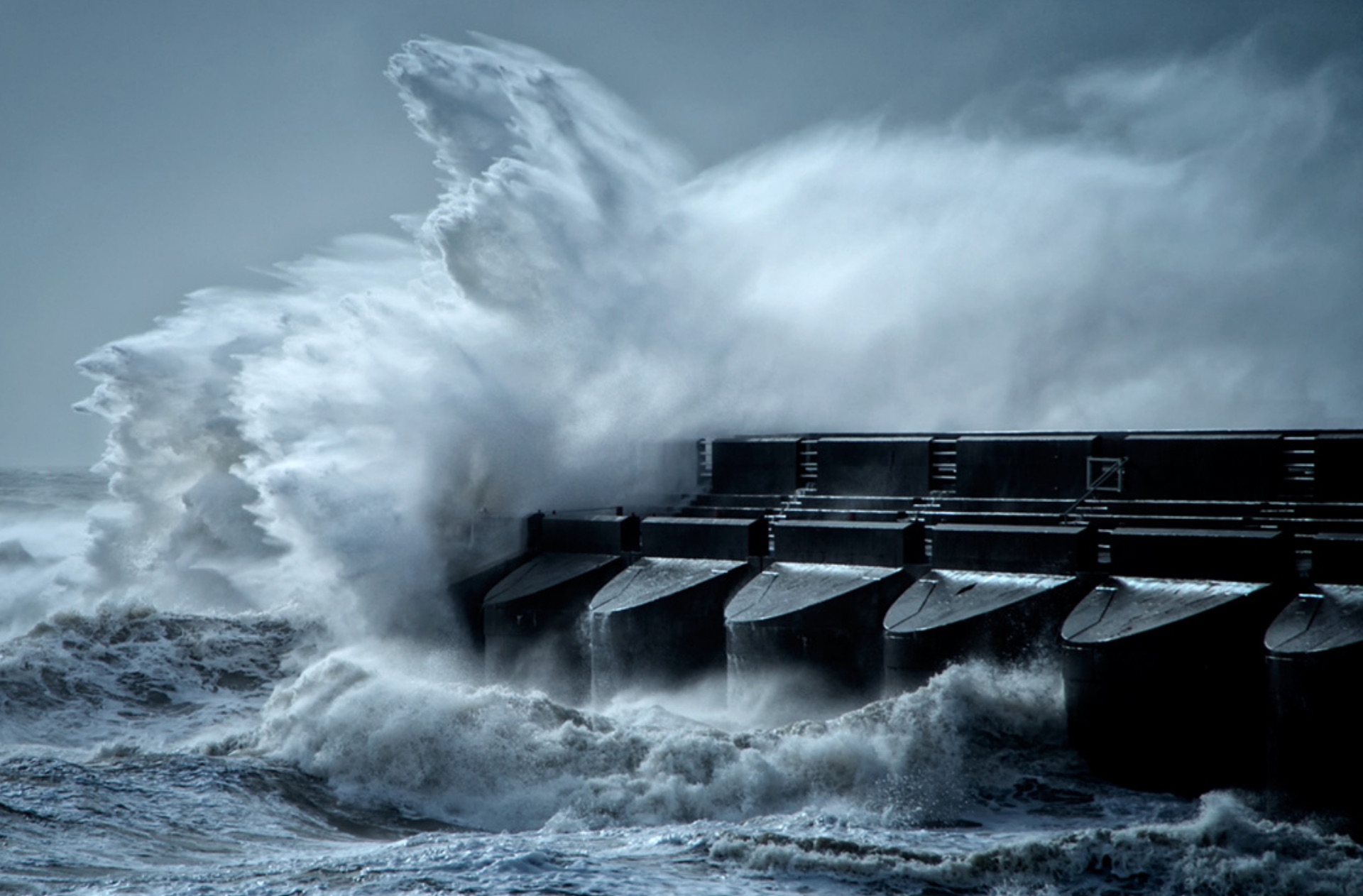All eyes are on the UN Climate Change Conference (COP26) in Glasgow next month. Our team, alongside climate activists and policymakers worldwide are fixated on Nationally Determined Contributions (NDCs), or global emission reduction plans, under the Paris Agreement, and specifically how the signatories will decide to transparently measure progress on the NDCs.
The atmosphere is a global common-pool resource, meaning that if one country does not pull their weight in terms of emission reductions, all countries will pay the costs in terms of physical effects. Today, climate transparency and data gaps at the national and corporate level are being most successfully addressed by technology rather than regulatory disclosure requirements.
We are also watching innovators explore the application of blockchain to the transparency of ESG practices. Already, we’ve seen agriculture and trade companies, such as Brazilian meat processor and the world’s second largest food producer JBS SA, use blockchain to track the supply chain of their cattle suppliers in all the geographical regions in which they operate.[1] Other technologies offer scalable access to real-time, accurate climate data that allow us to hold organizations and companies accountable to their climate commitments.
Planet Labs Inc., an Earth imaging company based in San Francisco, holds part of the answer of how to hold the feet of countries to the fire on the emissions reduction commitments. Andrew Zolli, VP for Sustainability and Global Impact at Planet, presented current research findings at our conference, The Great Repricing: Financial Advice in the Age of Climate Change. His session, “The Really Big Picture: How Satellite Data Can Help Mitigate Climate Change” brought hope of radical transparency around GHG as he introduces us to Planet and their hundreds of deployed satellites. Unlike traditional earth observing satellites, these are the size of pieces of toast, rather than school buses. Each contain cameras that together collect a picture of every location on earth, tracking experienced changes and most importantly, pre-indicators of change.
By obtaining a real-time, accurate view of Earth’s forests, agricultural fields, and supply chains, Zolli explains that they “allow much greater transparency about human activities on the Earth in ways that can allow us to encourage some and discourage others once we link this observational capacity to the financial system.” The satellites allow for tracking the movement of goods around the planet, monitor the operations of coal-fired power plants, and provide live imagery of carbon sequestering forests. They also may act as the verification method for payment of performance mechanisms like the UN-REDD + Program, in which wealthy countries pay forest asset holding countries to refrain from deforestation. This set of satellite data is also our key to getting independently verifiable information on climate warming gases in the atmosphere.
The applications for COP26 are immense, particularly using this data to build artificial intelligence models to estimated carbon emissions. They can help policy makers hold countries accountable when they fail to meet their NCDs. It’s expected that COP26 will finalize the technical details of the Paris Agreement’s enhanced transparency framework to hold countries accountable for their climate emissions. We anticipate that Planet’s data could play a positive role at CO26 by helping countries build more ambitious plans and holding them to account when they fail.
Andrew Zolli’s full presentation is now available on demand, along with 20 additional climate focused sessions at The Great Repricing: Advice in the Age of Climate Change.
[1] “Brazil’s JBS brings forward goal of eliminating deforestation in supply chain.” Reuters. June 30, 2021.


